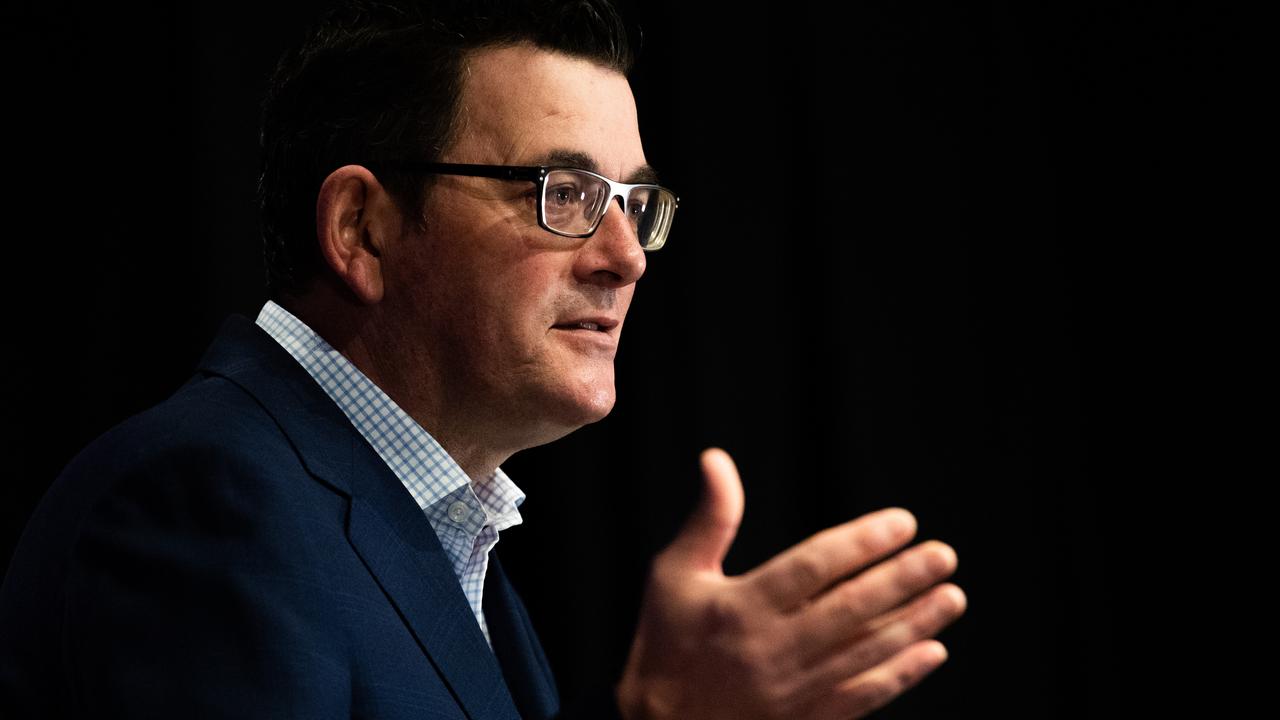Culture of law and order has to change to stem Victoria’s crime rise
THE politicisation of Victoria Police is unacceptable at a time when our crime figures are rising alarmingly in comparison with other states, writes Rita Panahi.
Rita Panahi
Don't miss out on the headlines from Rita Panahi. Followed categories will be added to My News.
- Police shield our growing crime reality
- Dan’s actions leaves us baffled
- Why soft justice is failing us all
- Homeless camp like a third world cesspit
IT’S going to take more than a huge injection of funds to mend Victoria’s broken justice system. The state’s soaring crime rate is a symptom of a system corrupted by ideologues and activists.
The sad reality is that many Victorians have lost faith in the judiciary, the corrections system, and even the police force.
There is, of course, great respect for police officers, but a growing mistrust of the methods and motives of police command.
Part of the problem is the perception that Victoria Police is being politicised.
The judiciary and police force are independent of government. You don’t see the Chief Justice routinely standing shoulder to shoulder with the Attorney-General or the Premier. But how often do we see Chief Commissioner Graham Ashton standing next to the Premier or the Police Minister?
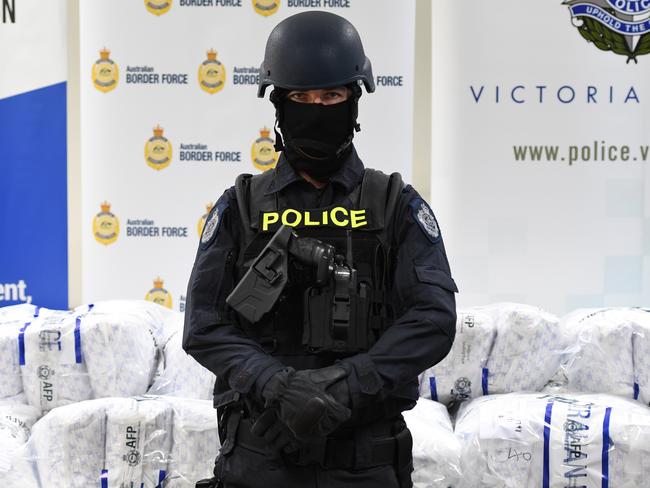
The government has an obvious interest in dismissing talk of “crime waves” as it tries to reassure an anxious population that their fears are misplaced.
But the incidence of carjackings, home invasions, aggravated burglaries, assaults, homicides and other violent crimes has increased significantly in Victoria at the same time as it has dropped in NSW.
The roots of crime — poverty, drug use, and marginalisation — exist in NSW as they do here, but our northern neighbours have managed to reduce their crime rate in 12 major categories to the lowest level in 20 years.
There’s a feeling among some serving and retired Victoria Police members that the independence of coppers in the front line is being eroded by the politicisation of their roles.
Officers are also hesitant to act, fearing that if something goes awry, they won’t have the support of their superiors. Police work is stressful enough without worrying you’ll lose your livelihood over a small misjudgment or unintended, unforeseen consequences.
The risk-minimisation strategies employed by command may be great in theory, but police work is inherently risky. Overly cautious and risk-averse policing can embolden criminals and result in innocent people being hurt.
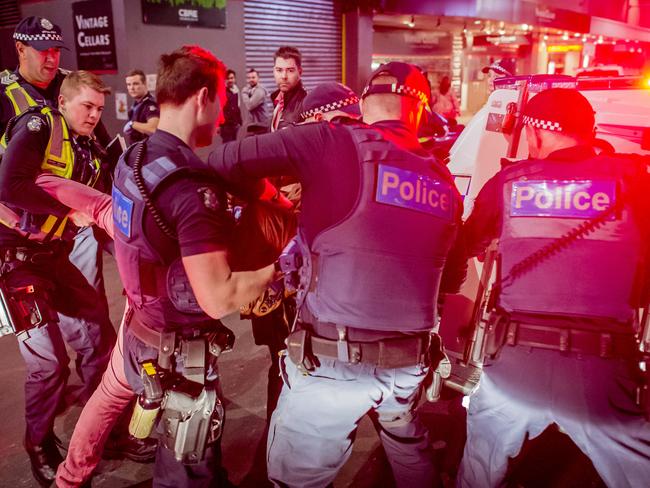
High-profile former detective Charlie Bezzina is among a band of retired senior officers who have been critical of police command.
The decorated former homicide detective has bemoaned that Victoria Police has become “a bloody laughing stock”.
“We need a new executive command. Everyone in police command is too politically correct; that is the problem,” Bezzina said.
“(Rank-and-file members) are frustrated and they are all ducking at shadows because (command) will burn the policemen to protect themselves. There is no support from command for the man in the street,” he said.
The rot set in with Christine Nixon. Several senior officers I’ve spoken to say that her legacy remains to this day.
Victoria Police’s confused policy on vehicle pursuits is a perfect example of its empowering criminals while hampering its own officers. The bad guys know that if they speed, drive erratically and cross to the wrong side of the road, police are likely to abort the chase.
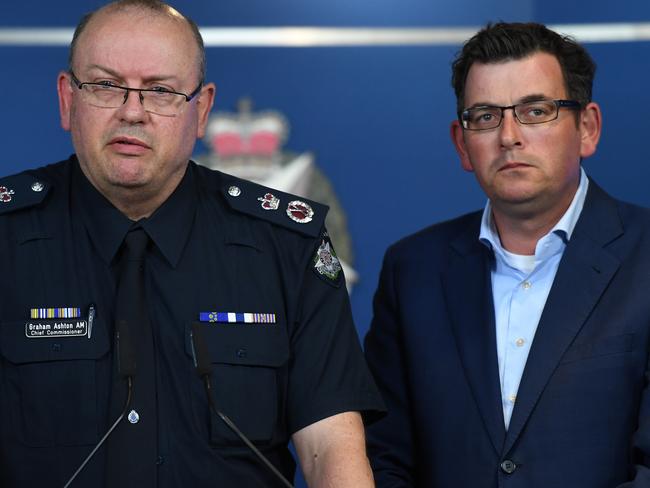
It’s little wonder that disheartened former top cops, among them former chief commissioner Kelvin Glare, are publicly criticising the force they once served. They have formed the Community Advocacy Alliance and released a plan to address Victoria’s spiralling crime rate.
They have implored police command to “accept that there is a need for change” and have called on the government to intervene if command fails to act.
The CAA wants Ashton to abandon Victoria Police’s current “risk-averse micromanagement” philosophy and allow those at the coal face to exercise their judgment and discretion. It cited the Bourke St rampage as an example of officers being hamstrung, reluctant to act without prior approval.
“Victoria Police members are now of a mindset that reflects the ‘risk averse’ philosophy of the Chief Commissioner,” it said, “highlighted in the lead-up to the Bourke St massacre where police, prior to the carnage, were advised not to intercept the offender.
“The glaring issue is not so much that the police were directed not to intercept — that in itself is a problem — but that the police members asked for permission … When police are not prepared to exercise their judgment and discretion is when they become soldiers, not police. We need to remove their shackles.”
Talk to serving police officers and you’ll find plenty of support for Glare’s proposals.
But thus far, Ashton has rejected CAA’s 70-point plan.
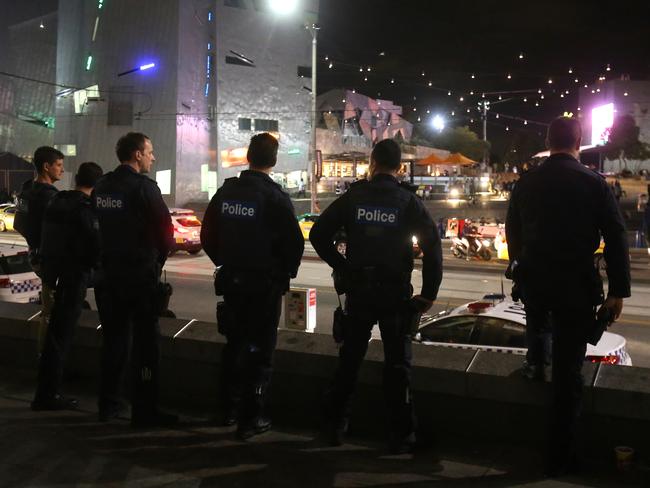
Another area that Premier Dan Andrews’ government needs to address is the practices of Corrections Victoria.
A report by the Victorian Auditor-General last week showed that the number of high-risk offenders in the community on Community Corrections Orders had more than tripled from 1032 in 2015 to 3180 in 2016.
But the Auditor-General, examining how Corrections Victoria manages people serving CCOs, found that there was a lack of trained staff, and case managers were overstretched.
“Because Corrections Victoria is not assessing offenders’ risk of reoffending in a timely and effective way, and because average wait times for support programs are excessive, CV cannot demonstrate that it is effectively reducing risks to the community,” the Auditor-General found.
Addressing Victoria’s law-and-order crisis should be the State Government’s top priority.
Investing in new detention centres and increasing police numbers is a positive move.
But there is also a need for a fundamental shift in the culture of the organisations.
Rita Panahi is a Herald Sun columnist.



